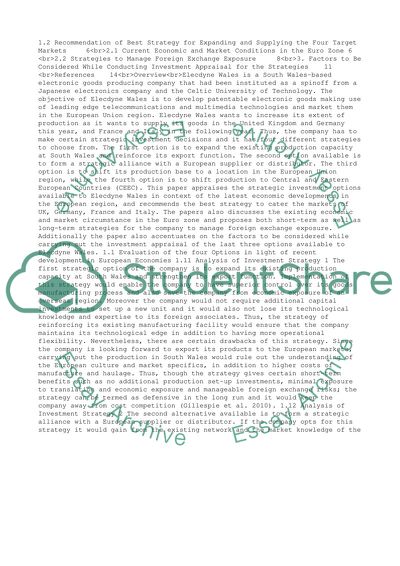Cite this document
(“Business Resources Assignment Example | Topics and Well Written Essays - 2750 words”, n.d.)
Retrieved from https://studentshare.org/business/1396734-business-resources
Retrieved from https://studentshare.org/business/1396734-business-resources
(Business Resources Assignment Example | Topics and Well Written Essays - 2750 Words)
https://studentshare.org/business/1396734-business-resources.
https://studentshare.org/business/1396734-business-resources.
“Business Resources Assignment Example | Topics and Well Written Essays - 2750 Words”, n.d. https://studentshare.org/business/1396734-business-resources.


